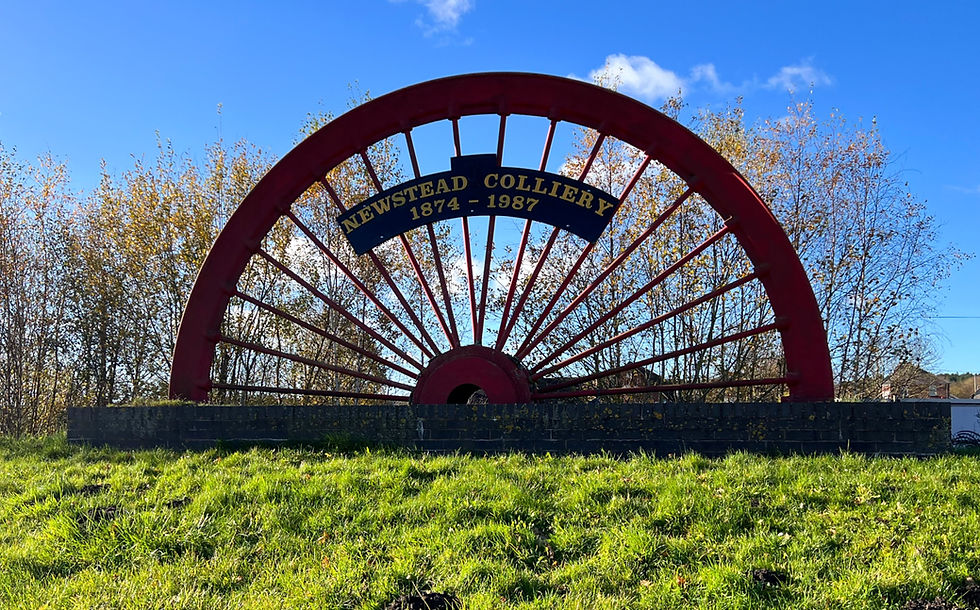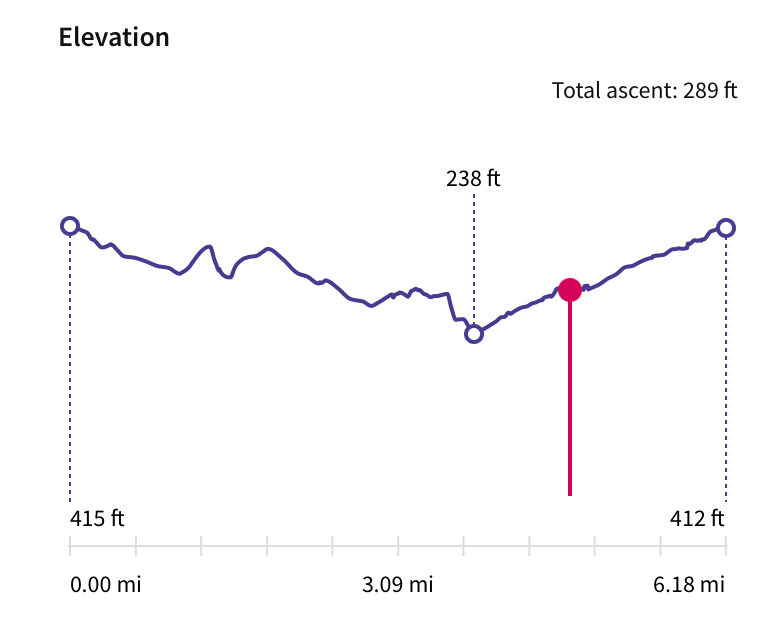Exploring Newstead Abbey and its Glorious Gardens
- Tina Brindley
- Nov 25, 2023
- 3 min read

A Stroll Through Time
Nestled in the heart of Nottinghamshire, Newstead Abbey beckons visitors with its rich history and enchanting gardens. My recent visit to this historic site took me on a journey through Newstead Village, the remnants of the Newstead Colliery witch is now a country park, and the majestic grounds of Newstead Abbey itself. Join me as I recount the captivating blend of natural beauty and historical significance that defines this remarkable destination.
The Journey Begins

My exploration began in Newstead Village, where I parked the van and entered the Newstead Country Park, once the site of the bustling Newstead Colliery. I walked down a quiet lane towards the Abbey. I passed fields, trees, birds and the odd farm as I walked the long lane to the abby.

The History of Newstead Abbey
As I stepped into the grounds of Newstead Abbey, I couldn't help but reflect on its past. Originally an Augustinian Priory founded during the reign of Henry II, the Priory faced dissolution in the 1530s.

Sir John Byron, the custodian, purchased the estate in 1540, converting the Priory into a manor house. The transformation marked the birth of Newstead Abbey.

The estate passed through generations of Byrons, with the Fourth Lord Byron extensively landscaping the gardens and amassing a renowned art collection. However, during the ownership of the Fifth Lord Byron, the abbey experienced financial setbacks. The property changed hands several times, witnessing neglect and resurgence, until its eventual acquisition by Colonel Thomas Wildman in 1817.

Thomas Wildman's Restoration
Colonel Wildman's purchase marked a turning point for Newstead Abbey. Investing £94,500 in the property, he undertook extensive repairs and restoration, preserving its historical charm. The estate remained in Wildman's hands until 1861 when it was purchased by William Frederick Webb, an African explorer.
Following a succession of ownership, Newstead Abbey found its way to local philanthropist Sir Julien Cahn, who presented it to Nottingham Corporation in 1931. This act ensured that the estate, with its captivating history and lush landscapes, would be preserved for generations to come.
The Gardens and Water Gardens
Wandering through the gardens would have been a delight but they were closed, I have seen them before and missed out on the legacy of the Fourth Lord Byron's landscaping efforts. The water gardens, in particular, offers a serene retreat, echoing with the whispers of centuries gone by. The artistic masterpieces collected by the Byrons added an extra layer of grandeur to the already magnificent surroundings.
The Journey Continues Robin Hood Way and Linby Trail

After absorbing the history and beauty of Newstead Abbey, my exploration continued along the Robin Hood Way. Passing through the charming village papplewick and Linby, I paused to admire the local church, there is a grate deal of history in the region with halls, pumping station and lots of very old churches.
The Linby Trail, winding through a nature reserve, provided a peaceful conclusion to my journey. The tranquil beauty of the surroundings and the vibrant hues of nature offered a stark contrast to the Abbey's historical opulence.
My visit to Newstead Abbey was a captivating blend of nature, history, and architectural splendor. From the remnants of the colliery to the meticulously landscaped gardens and the rich history embedded in the Abbey's walls, every step was a testament to the passage of time and the resilience of this remarkable estate. As I headed back to the Newstead Abbey Country Park and my van, I couldn't help but feel grateful for the opportunity to immerse myself in the beauty and history of this Nottinghamshire gem.

Distance: 6.5 miles/
Walk time: 2-2.5 hours
Gates : lots
Dog friendly







Comments